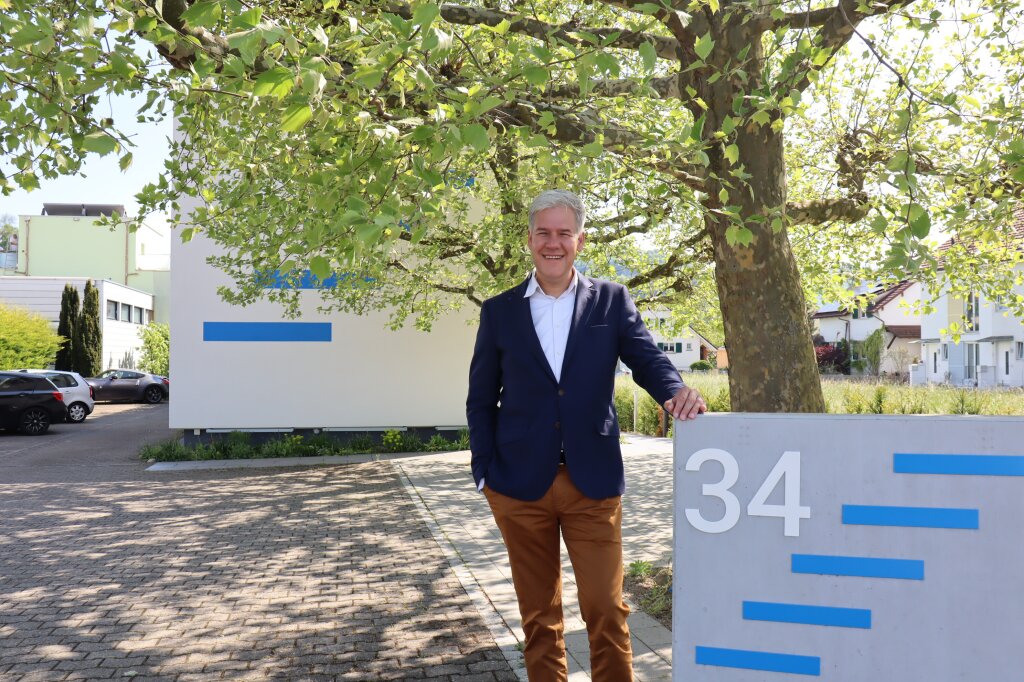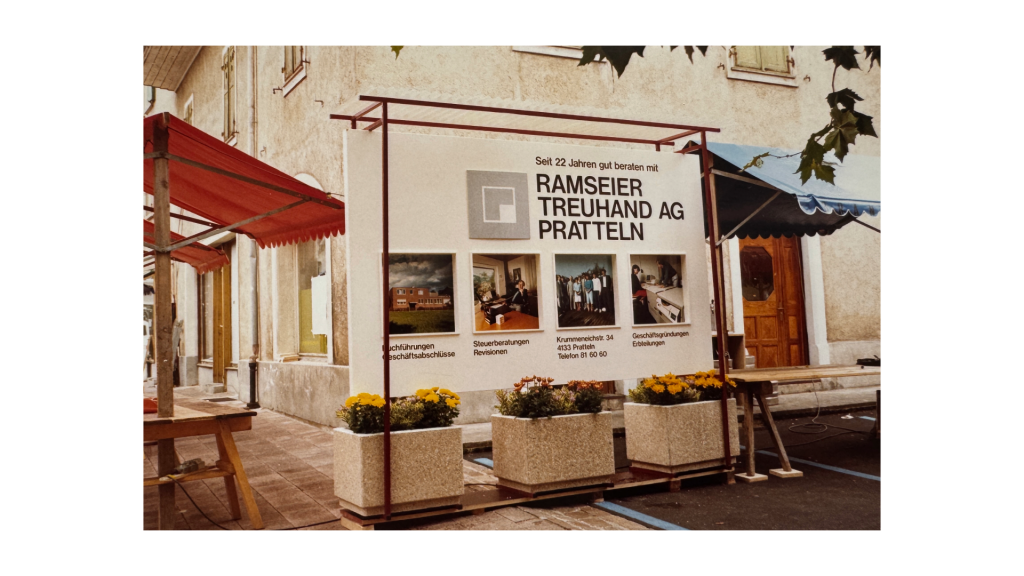Content on tax reform and AHV financing
The STAF bill will be put to the vote at federal level on May 19, 2019. We outline the key content.
Following the rejection of the third series of corporate tax reforms (CTR III) in the federal referendum in February 2017, the Federal Council and parliament drafted "Tax Proposal 17". In a political compromise, the bill was adapted and linked to the financing of the AHV. As a result, the bill passed by the Federal Parliament on September 28, 2018 is now known as the "Tax Proposal and AHV Financing", or "STAF" for short. The main elements are familiar from the CTR III, but they have been modified and supplemented with non-tax components.
Aim of the template
The reform plans were triggered by pressure from international organizations. The EU, G20 and OECD in particular classify tax privileges for status companies (holding, domiciliary and mixed companies, principal companies) as harmful tax practices. If Switzerland were to be blacklisted, massive economic consequences could be expected as a result of sanctions of various kinds.
The rejection of CTR III has further increased the urgency of restructuring tax law and abolishing privileges.
The current TRAF proposal is intended to provide the cantons with a tax toolbox to replace the current special regulations with internationally undisputed instruments. Tax shortfalls are also mitigated by financial compensation measures for cantons and municipalities/cities and by a higher cantonal share of direct federal tax. Additional financing of the AHV by the federal government and contributors was subsequently included as a political compromise.
THE INDIVIDUAL ELEMENTS OF THE TEMPLATE
Patent box
Income from intellectual property rights and comparable rights is separated from other income and taxed at a reduced rate. They are included in the so-called "patent box". The box may only include income that is attributable to domestic research and development activities (so-called nexus approach).
The introduction of the patent box is mandatory for all cantons. The resulting relief may amount to a maximum of 90% of ordinary profit taxation.
Deductions for research and development costs
The cantons may provide for increased crediting of R&D costs. These can be claimed for tax purposes with a maximum surcharge of 50% of the effectively recognized costs. The relevant expenses are the personnel expenses plus a flat-rate surcharge. This measure is optional.
Deduction for self-financing
High-tax cantons (under the new regime, with a tax rate of more than 13.5% for cantonal and municipal tax) can allow the deduction of notional interest on surplus equity. This measure is de facto. It is likely that only Zurich will be able to introduce this deduction.
Relief limitation
The tax relief on profits through the three measures mentioned above may amount to a maximum of 70%, i.e. at least 30% of taxable profits should also be effectively taxed. This limit also includes the amortization of disclosed hidden reserves and internally generated goodwill due to previous taxation as a status company. The limit is mandatory for the cantons, but not for direct federal tax.
Adjustments to capital tax
The cantons can provide for capital tax relief. The equity of a company attributable to shareholdings, patents and loans is taxed at a reduced rate. This measure is optional.
Disclosure of hidden reserves
Companies that relocate their registered office to Switzerland can disclose hidden reserves and internally generated goodwill in a tax-neutral manner and subsequently benefit from additional depreciation. This measure affects direct federal tax and the cantons.
Restriction of the capital contribution principle
The STAF restricts the tax-free repayment of reserves from capital contributions (KER) for listed companies. Distributions from capital contribution reserves may only be made tax-free if taxable dividends of the same amount are paid out from distributable equity under commercial law.
Adjustments to tax-free capital gains (transposition)
Previously, only shareholdings of more than 5% were subject to transposition when sold to self-controlled companies. Free float is now also subject to these restrictions.
Partial taxation of dividends
The taxation of dividends from qualified participations (at least 10% of the capital) will be increased at federal level from the previous 60% to 70%, now uniformly for participations in private and business assets. The cantons must tax at least 50%, but may also provide for higher rates. The partial income method is now mandatory.
Adjustments to profit tax rates
Probably the most drastic measure in connection with the change in tax regimes lies entirely within the scope of cantonal tax autonomy and is therefore excluded from the federal proposal: however, the profit tax rates are to be reduced significantly in some cases as part of the cantonal implementation proposals in order to maintain or improve the attractiveness of the tax location. Basel-Stadt, for example, will reduce the overall tax rate (before tax) from the current 22.18% to 13.04%, while Baselland plans a reduction from (for example Liestal) 20.7% to 13.45% (after a 5-year staggered reduction).
Other non-tax measures:
As social compensation, the AHV is to receive an additional CHF 2 million per year by increasing the salary percentages by 0.15% each, allocating the VAT demographic percentage and increasing the federal contribution to the AHV from 19.55% to 20.2%.
The cantonal share of direct federal tax will be increased from 17% to 21.2%. The cantons must compensate the cities and municipalities appropriately in the distribution.






